Ancient news stories

For ice age hunters in Europe some 30,000 years ago, styles of ornaments including amber pendants, ivory bangles, and fox tooth beads may have also signaled membership in a particular culture, researchers report in Nature Human Behaviour.
A team of Japanese scientists analysed coprolites (fossilised faeces) from the Early Jomon period, about 7,000-5,500 years ago. The researchers have published their findings in PLOS One.
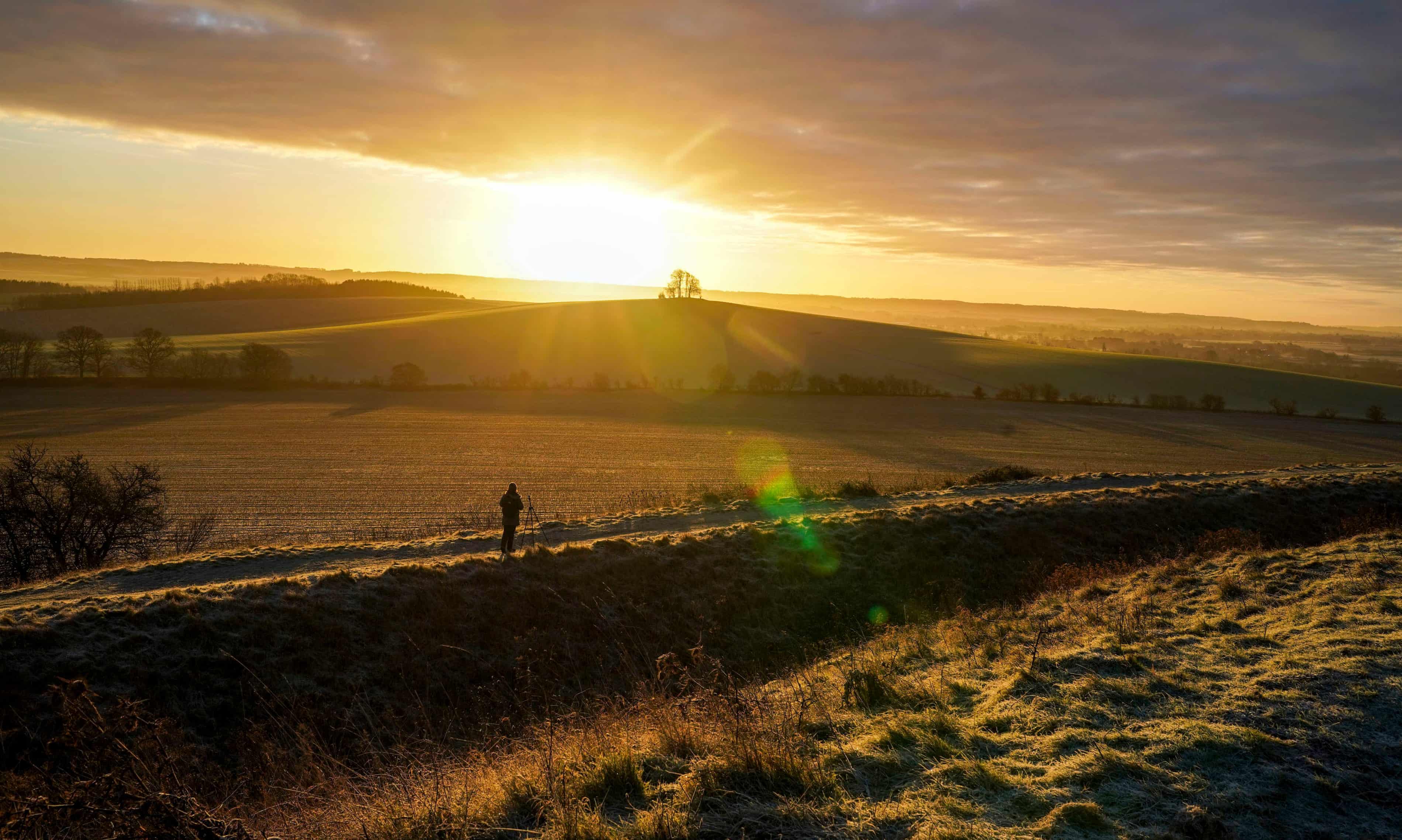
An iron age workshop, where blacksmiths were forging metal about 2,700 years ago, has been discovered in Oxfordshire…This was no ordinary smithy but a highly skilled producer of large and high-end iron artefacts, including everything from swords to chariot wheels.
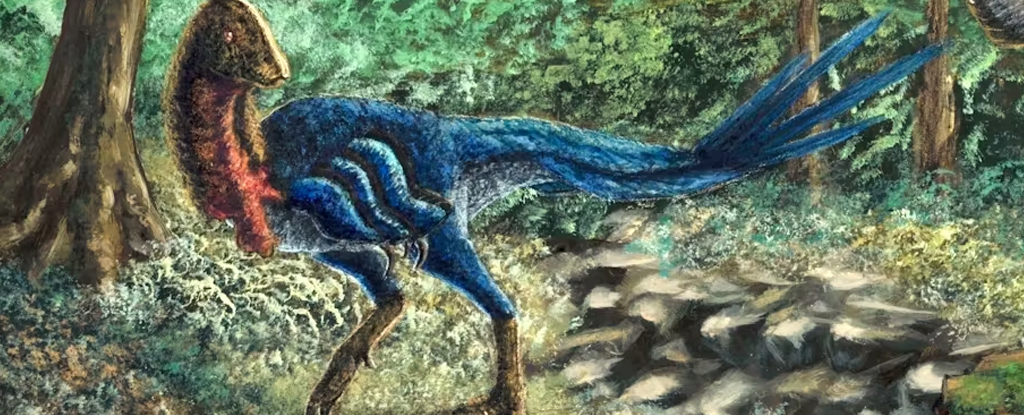
Were dinosaurs already on their way out when an asteroid hit Earth 66 million years ago, ending the Cretaceous, the geologic period that started about 145 million years ago? It’s a question that has vexed paleontologists like us for more than 40 years.
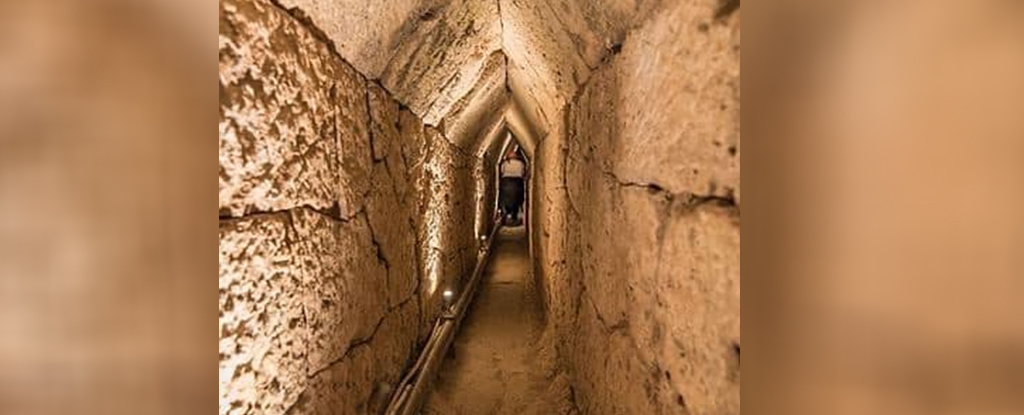
Underneath a temple in the ancient ruined city of Taposiris Magna on the Egyptian coast, archaeologists uncovered a vast, spectacular tunnel that experts are referring to as a “geometric miracle”.
Recent research has unveiled the intricate patterns of human settlements on China’s Ordos Plateau, stretching back to the Neolithic Age. This study analyzing the spatiotemporal distribution of these settlements, sheds new light on the dynamic interplay between humans and their environment through millennia.
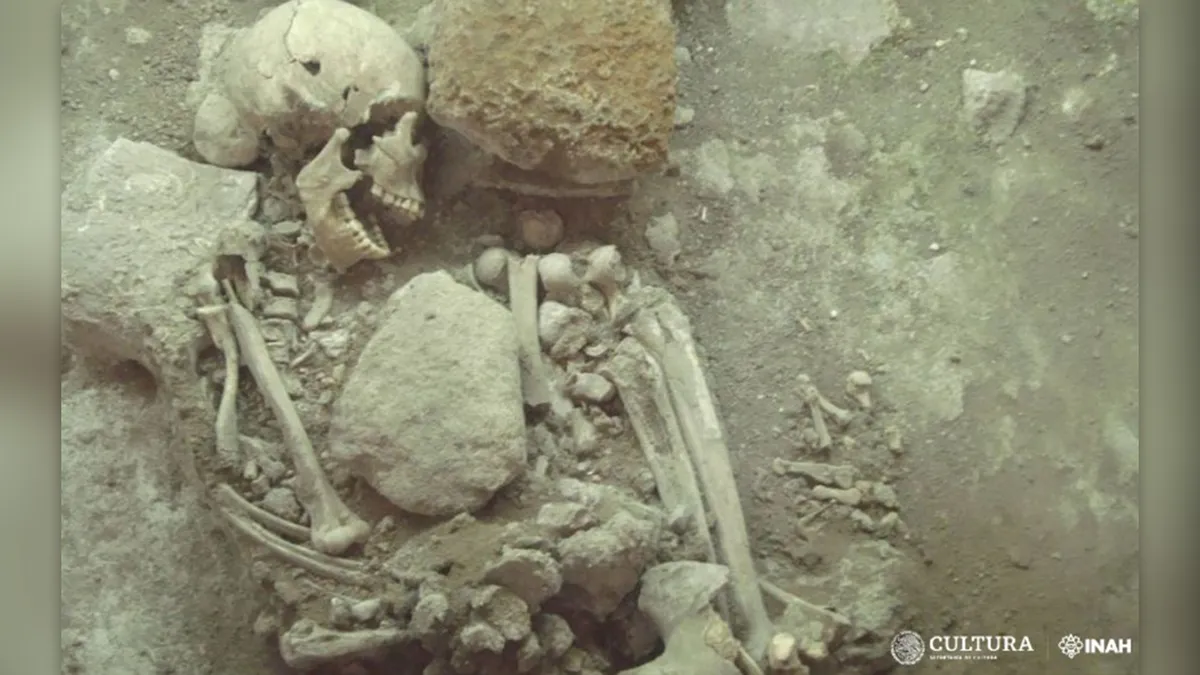
A new analysis of a skeleton buried under Hernán Cortés’ palace in Mexico reveals that it doesn’t belong to a monk, as was long thought.
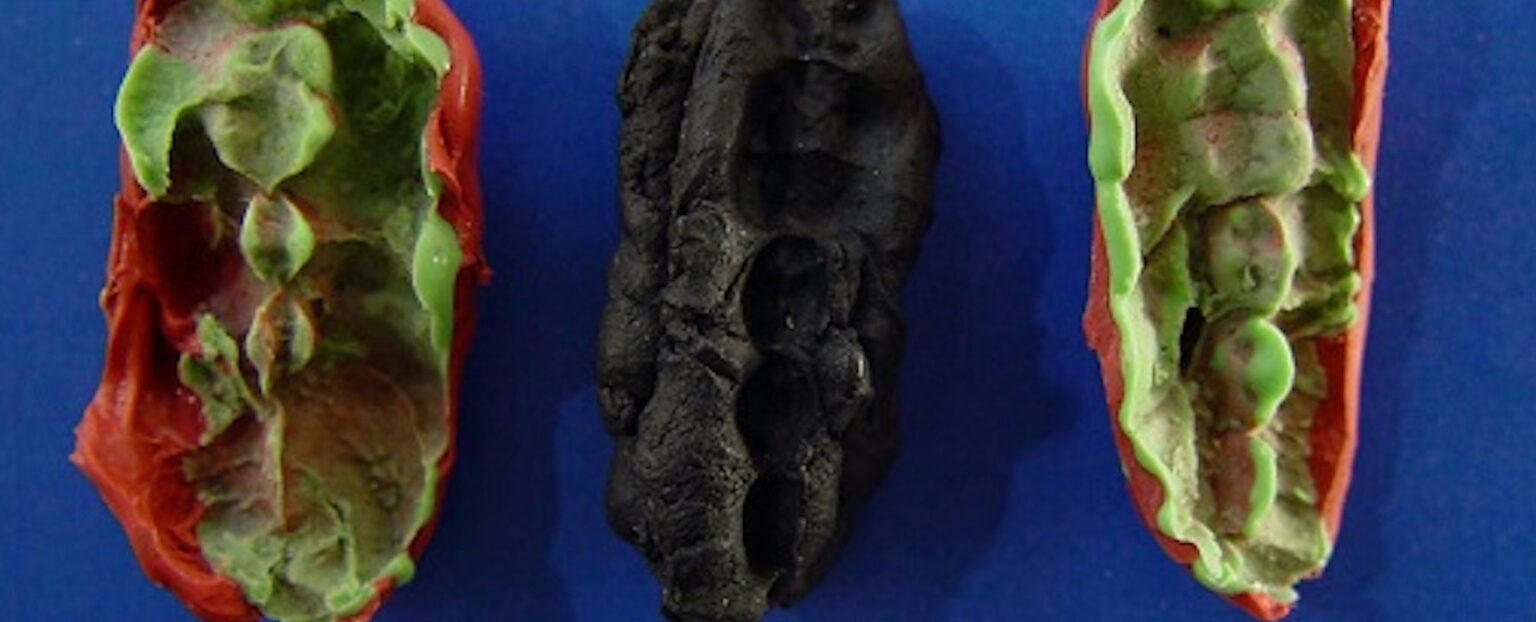
Some 9,700 years ago, on an autumn day, a group of people were camping on the west coast of Scandinavia. They were hunter-gatherers that had been fishing, hunting and collecting resources in the area. Analysis of DNA left in the chewed resin has been published in Scientific Reports.
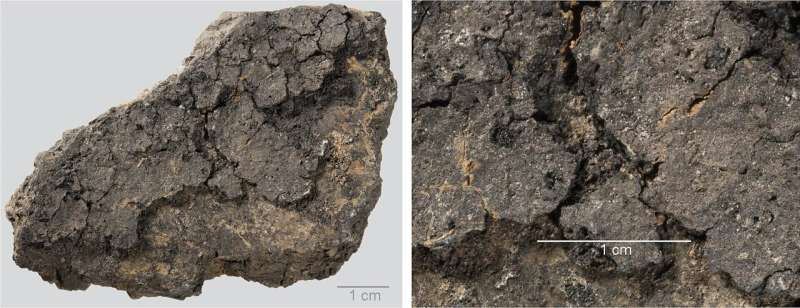
Researchers have been able to prove, in the first archaeobotanical study of burnt food residues on the surface of ceramic vessels, how varied the meals prepared in Eastern Holstein 5,000 years ago were.
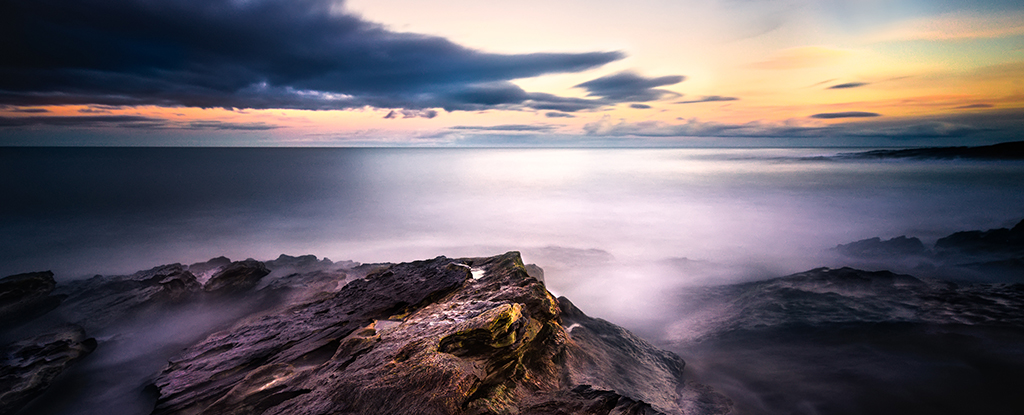
About 8,200 years ago, an underwater landslide known as the Storegga slide near Norway triggered a tsunami that engulfed parts of northern Europe. Around the same time, there was a massive dip in Britain’s population. See the research here.
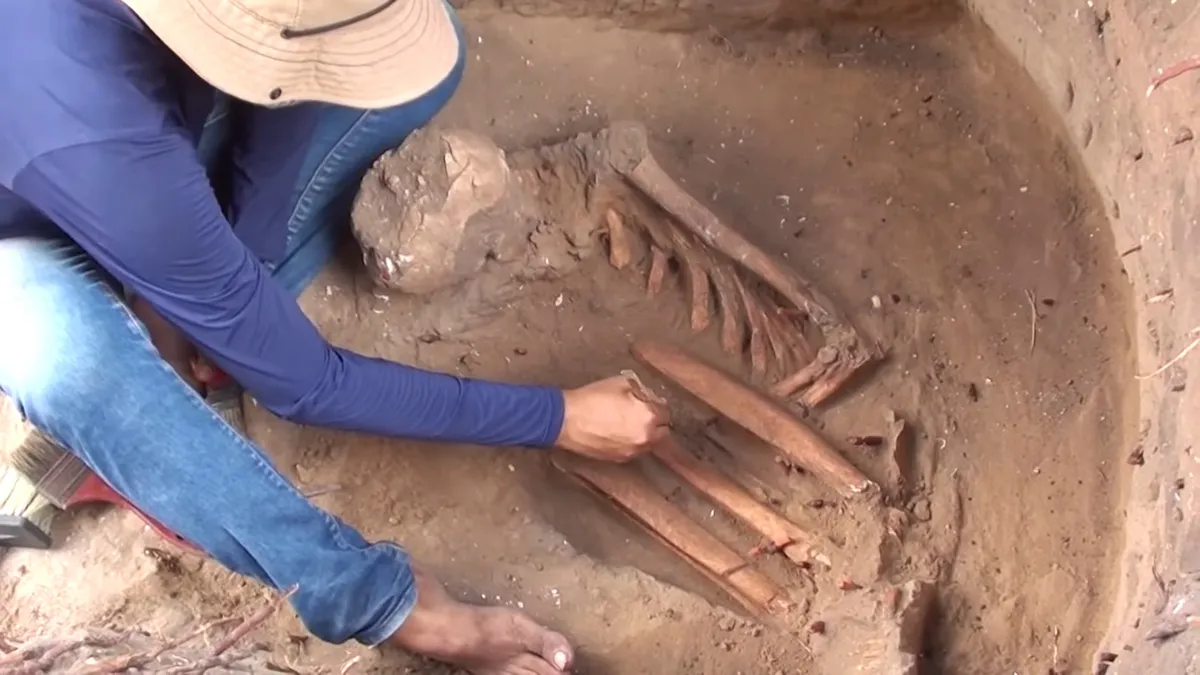
Evidence of at least four populations from different times in Brazil’s history was found at the same archaeological site.
:format(webp)/cdn.vox-cdn.com/uploads/chorus_image/image/73062155/stsci_01gqqfcdz3j7arc9f8qdxe0f7z__1_.0.jpg)
Monsters lurk in the background of James Webb Space Telescope images. Scientists are scrambling to make sense of them.
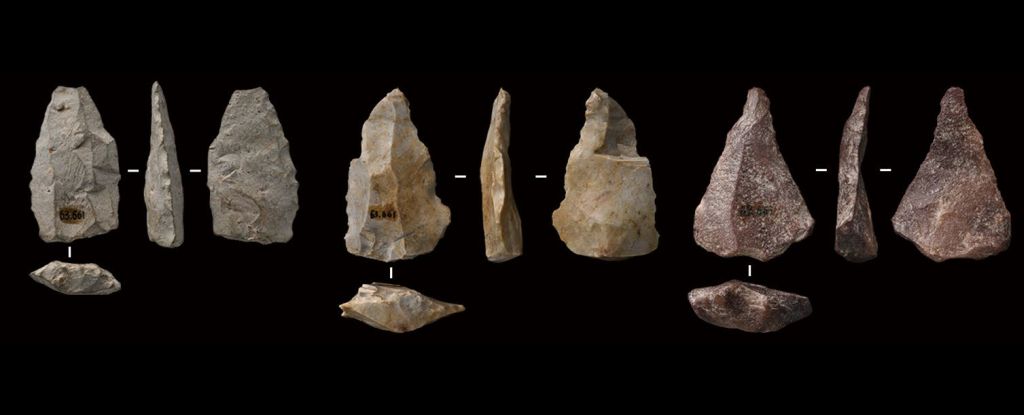
Fragments of ancient rock and bone in Eastern Asia are changing our understanding of the history of human migration. They’re artifacts found in the Shiyu site of northeastern China, and new analysis has revealed that they were created by Homo sapiens some 45,000 years ago. See the research here.

The tale of one female woolly mammoth, written in the layers of her tusk, has shown researchers how the extinct megafauna species moved across Alaska with humans right on their heels…Her life and its connection to human activity have been described in a recent paper published in Science Advances.
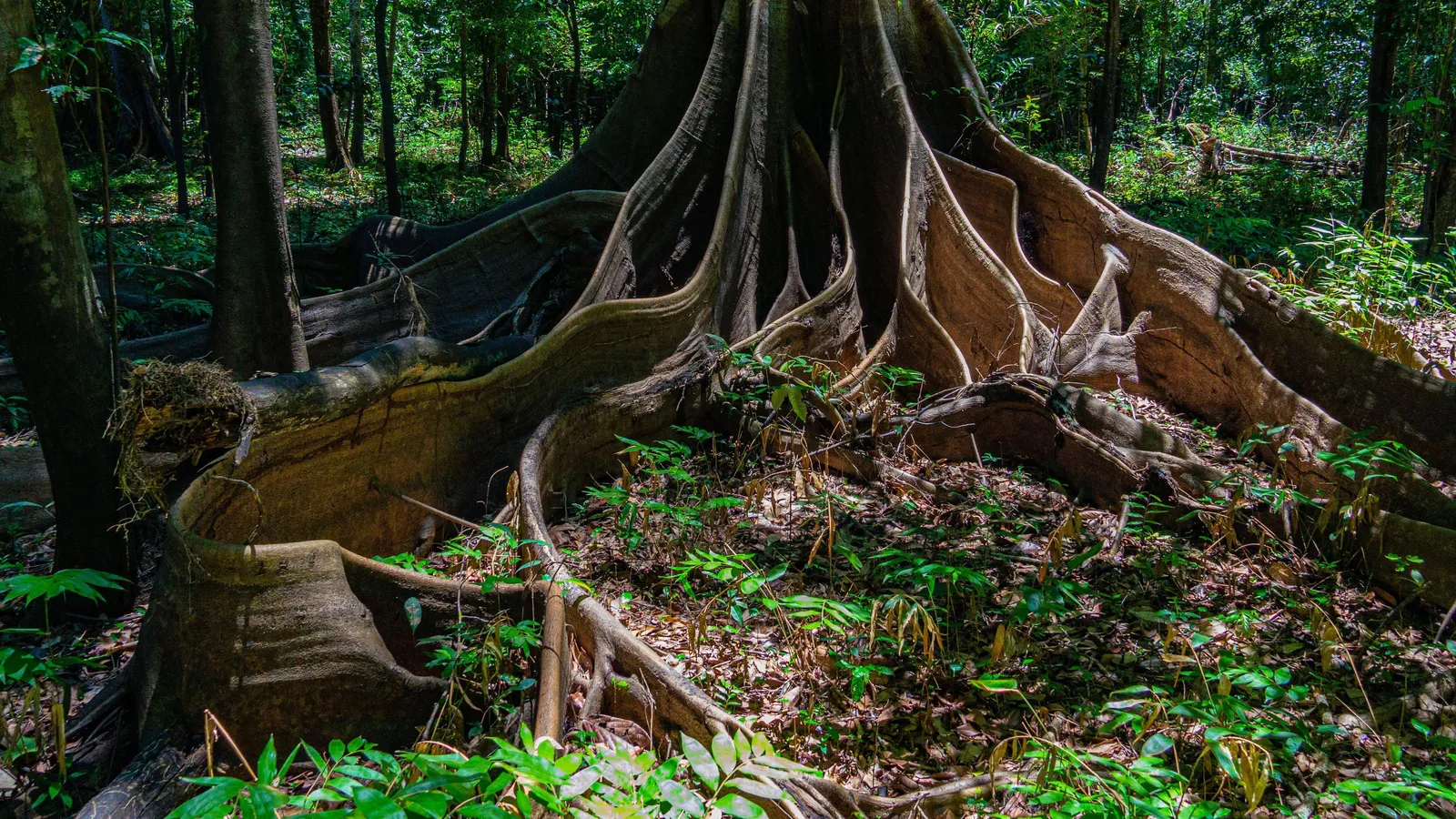
Amid the discovery of a lost city in the Amazon rainforest, scientists are uncovering a different kind of relic underground – one that’s still being used today.

Crocodile-like skin belonging to an early species of reptile is the oldest fossilized skin ever discovered, dating back almost 290 million years — 130 million years older than the previous record holder.








